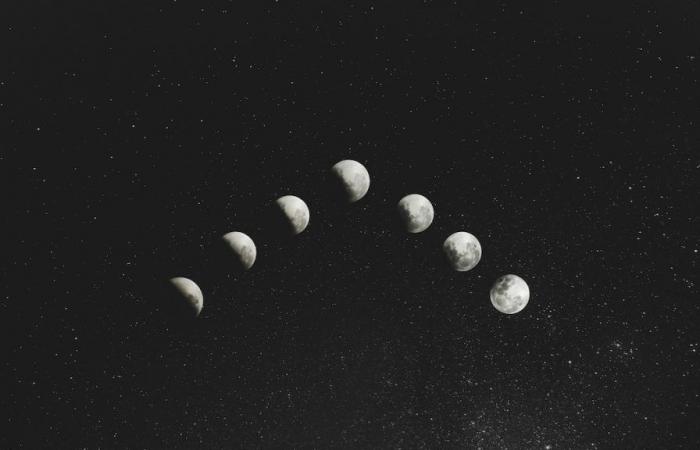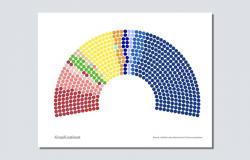Reading time: 2 minutes – Spotted on NewScientist
In Christopher Nolan’s film Interstellar, astronauts go on missions to different planets in search of important data for their survival. However, they realize that after an hour spent on Miller’s planet, seven years of life on Earth have passed. This is called time dilation.
If this film remains science fiction, reality is nevertheless very close to it. First of all, you should know that on the Moon, gravity is less strong than on our planet. Six times less, it allows astronauts to wear 90 kilo suits for a feeling of only 15 kilos on their backs. However, this difference in gravity causes a dilation of time (you get the idea, like in Interstellar).
On the Moon, time passes 57 millionths of a second faster than on the blue planet. In other words, if an astronaut spends 50 years on the planet, he will be one second older than if he remained on Earth. Although this may seem anecdotal, this acceleration of the hands causes complications for space explorations. Slava Turyshev and his team at NASA’s Jet Propulsion Laboratory in California were already working on the problem. They calculated the flow of time on Earth and on its natural satellite in relation to the center of the solar system, called the barycenter, which itself moves according to the position of the planets with respect to the Sun.
Create a lunar time
To solve this problem, NASA was tasked by the White House in April 2024 to create lunar coordinated time (LTC) for the Moon. With a two-year deadline, the federal agency must link Coordinated Lunar Time (LTC) to Coordinated Universal Time (UTC), which we use as a benchmark for setting clocks. This new time will be developed by several organizations, including the International Bureau of Weights and Measures and the International Astronomical Union.
But to define time, we need to find a starting date from which we will begin tracking lunar seconds. “At some point we need to agree on what day zero is.”says Slava Turyshev, in the same way that international atomic time, measured by atomic clocks, was agreed on January 1, 1977. If “From a theoretical point of view, the question of lunar time is now resolved,” emphasizes Slava Turyshev, the practical part is more complex. The ideal would still be to place atomic clocks on the Moon to monitor the effect of time dilation.






